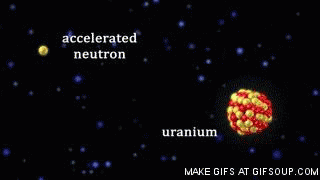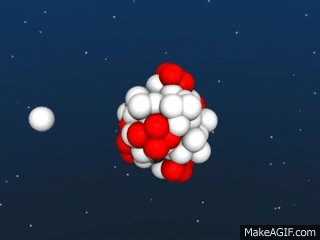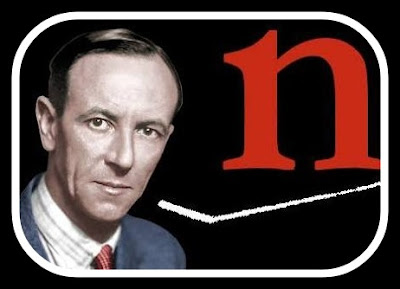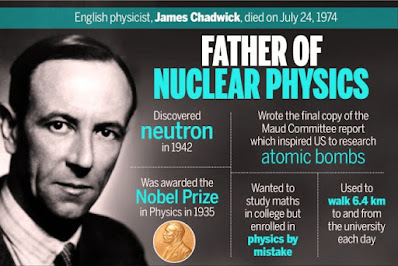Today (October 20, 1891) is the birthday of Sir James Chadwick, the father of nuclear physics, who won the Nobel Prize in Physics for his discovery of the neutron.
Sir James Chadwick was born on October 20, 1891, in Bollington, Cheshire, to John Joseph Chadwick and Ann Mary Knowles Chadwick. He attended Bollington Cross Church of England Primary School and the Grammar School for Boys in Manchester. He also studied at Victoria University and Cambridge University in Manchester. In 1913, he was admitted to the Berlin University of Technology. There he was educated under Hans Geiger and Ernest Rutherford. Chadwick was in Germany at the beginning of World War I. There he was detained at the Rulben detention camp. He was also allowed to set up a laboratory. There he, with the assistance of Charles D. Ellis, studied the ionization of phosphorus and the photochemical effects of carbon dioxide and chlorine.
He spent most of his life in Rulepen until Geiger's laboratory tried for his release. In 1932, Chadwick discovered a previously unknown fabric in the nucleus. Published detailed explanations of his findings. The dress was first anticipated by Ettore Majorona. It is called a neutron because of its electrical neutrality. Chadwick's discovery was instrumental in understanding the fission of uranium-235. Because the albatross fabrics are positive, they are pushed by the nucleus accumbens. But since neutrons are unstable, they do not need to cross the coulomic barrier. Thus they were able to penetrate heavier atoms such as uranium-235 and plutonium nuclei.
In 1932, Chadwick was awarded the
Royal Society's Hawks Medal in 1932 for his discovery of the neutron, and in
1935 the Nobel Prize in Physics. Chadwick's discovery made it possible to
produce heavy elements in laboratories, including uranium. This is possible by
colliding neutrons formed by beta decay. His discovery impressed the Italian
physicist and Nobel laureate Enrico Fermi. Thus he began to study the chemical
effects of neutrons colliding with atoms. The first type of nuclear fission was
discovered by studies published by Fermi and by German radiologists Otto Hahn
and Fritz Strassmann.

In 1935, Chadwick became
professor of physics at the University of Liverpool. In 1940, he was appointed
to the MAUD Committee due to a memorandum by Fritz Piels directing the
manufacture of the atomic bomb. The AQ team further explored the material. He
visited North America in 1940 as part of the Desert operation. There he was
involved in integrating nuclear research between Americans and Canadians. When
he returned to England in November 1940, he thought that nothing would come out
of this study until after the war. In December 1940, MAUD executive Franz Simon
announced that uranium-235 could be extracted. Simon's report also covered the
costs and technical requirements for a massive uranium enrichment plant.
"Atomic bomb is not only impossible, it is very essential.

Shortly afterwards, he joined the Mankaton Project in the United States. The two atomic bombs created by the project were dropped on the Japanese Empire. Thus ended World War II in mid-August 1945. In 1940, Schwick sent technical reports to the Royal Society of two French scientists, Hans von Halfen and Liu Kowarski, who were studying in Cambridge. He called for the reports to be kept secret, as it was not appropriate to publish them during the war. In 2007, staff at the Royal Society discovered the reports during an audit.


He was also a leading British
scientist who participated in the Manhattan Project in the United States during
World War II. He was knighted in 1945 for his directory in physics. Sir James
Chadwick, winner of the Nobel Prize for his discovery of the neutron, passed
away on July 24, 1974 in Cambridge, England at the age of 82.
Source By: Wikipedia
Information: Ramesh, Assistant
Professor of Physics, Nehru Memorial College, Puthanampatti, Trichy.






.jpg)
No comments:
Post a Comment